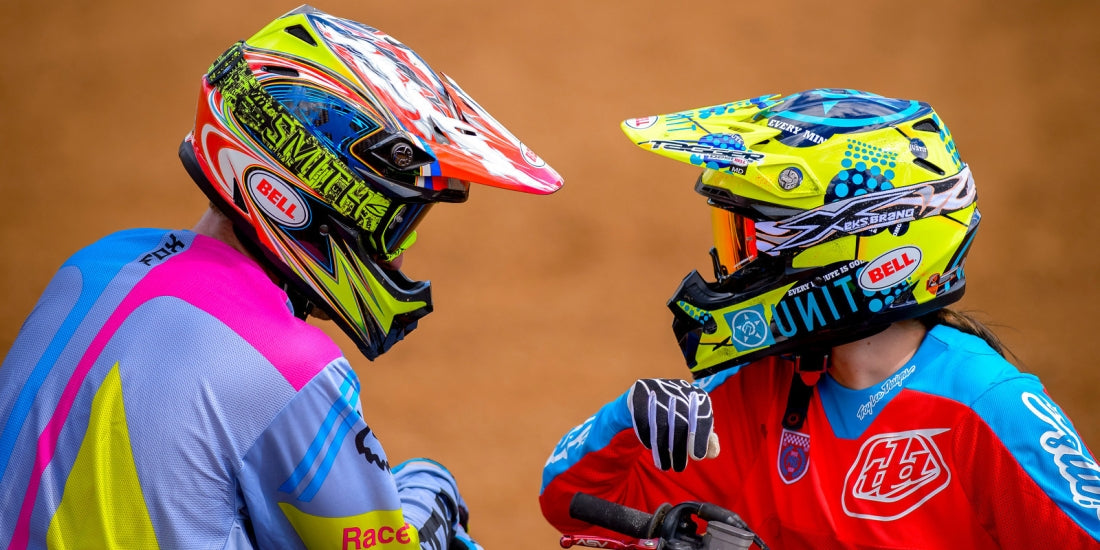How it's Made: Promotional Motocross Helmet
If you’ve ever wondered how motocross helmets are made, then you are not alone. Curiosity is an important part of human nature. It is hard not to pay attention to somethings. The helmets are designed to provide its user with maximum protection possible. They have continued to evolve over time in terms of design and weight. The materials chosen for manufacturing the helmet are those strong enough to withstand the impact of a crash.
To ensure that rider’s safety, the helmet must disperse all kinetic energy before reaching the skull of its wearer. Making the helmet requires different materials because more than one mold of properties is needed. Some of the materials used in making the motocross helmet include fiberglass, Kevlar, Carbon fiber and mold injected plastic. Here are the processes of manufacturing:
Preparing the materials
Only a few manufacturers employ the integrated manufacturing strategy – which means every material used for making the helmet is manufactured by the same company. Other manufacturers simply buy the parts from subcontractors and assemble all together. Materials needed include EPS liner, face shield, padded liners, helmet shells, visors, vents, screens, and plastic bits (which hold the helmet together).
Expanded Poly Sterene (EPS) is the first choice for making the helmet’s shell. Not only is it lightweight, but because it is inexpensive and works effectively. EPS is usually in liquid form before it is mold to desired size using a machine. The EPS liner varies with the size of the liner. The means that medium-sized helmets has a different EPS liner from a large-sized helmet.
Afterwards, to get the helmet to assume the expected shape, the mold is placed in a climate controlled storage space. The mold and liner are both exposed to water to cool down their temperature.
Sorting
The formed helmets are arranged according their sizes and type. This can be done by a machine or by assembly workers.
Making the helmet’s shell
After this, the helmet’s shell will be made, usually out of polycarbonate or composite. Although polycarbonate is heavier than composite, it is preferred because of its strength. Most composites will shatter during a crash and will be rendered unusable. This does not mean polycarbonate will still be usable after a serious crash. In fact,
helmets should be replaced after a crash.
Design
The hard helmet shell looks industrial and unattractive. This is why the helmets are decorated with different patterns to make them appealing. The helmet goes through painting and decals. It then passes through various stations where face shield, visors, and other parts will be added. The helmet is also branded with the manufacturer's logo.
Final Safety Tests
When the motocross helmet is made, it is subjected to several tests to determine its durability. This is often done by dropping heavy weights on the helmet after it has been placed on head models. This process is important before the helmets are loaded out for sale to the public.

